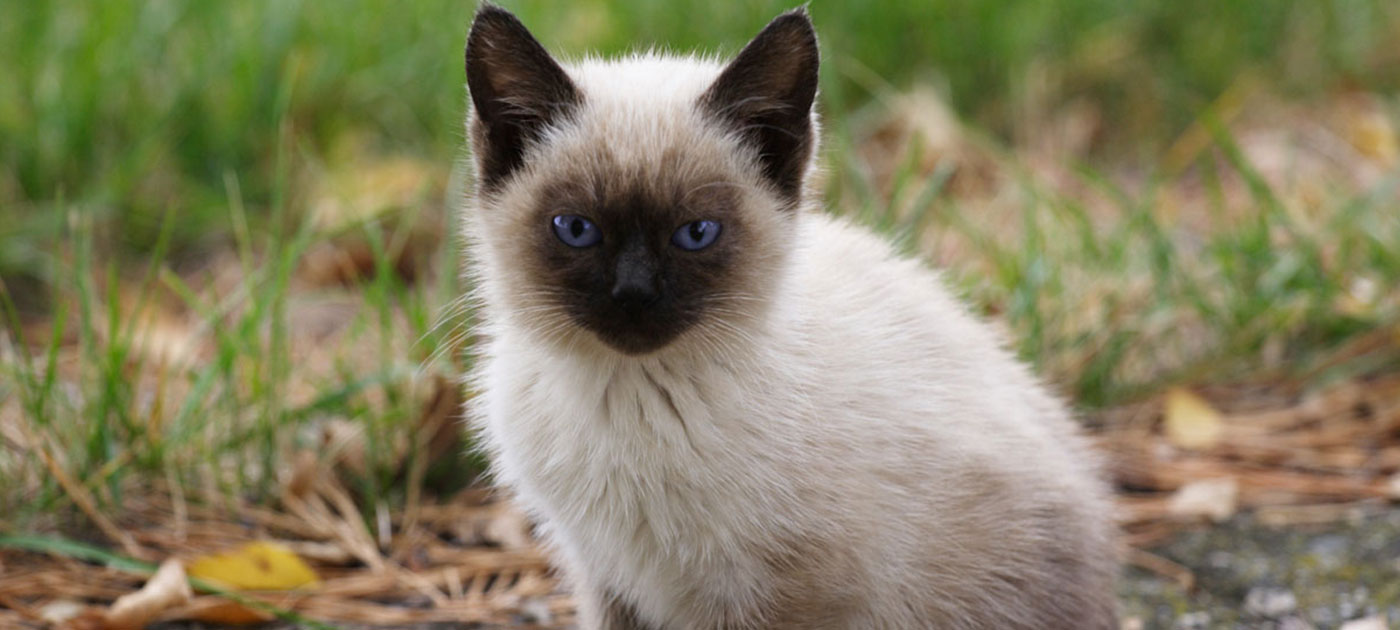Rachel and Joe Walts joyfully welcomed baby Mia into their lives on May 21, 2009.
On October 29, 2011, Mia passed away in her parents’ arms.
Early on in Mia’s short life, distressing and frightening medical problems began to appear. During her six-month checkup, the doctor noted she was underweight and had a buildup of fluid in her skull, which had to be drained with a shunt. Two months later, tests showed her spleen and liver to be enlarged. She stopped meeting her developmental milestones. As her health continued to deteriorate, Mia began losing her motor skills until she lacked the strength to sit up or even hold up her head. She required oxygen administered through a cannula to breathe, and had seizures. After countless tests and scary stays in sterilized hospital rooms, Mia was diagnosed with Niemann-Pick disease, Type A.
[Photo: Autosomal Recessive Inheritance by Kashmiri, License: CC BY-SA 3.0]
What is Niemann-Pick disease?
Niemann-Pick disease is an autosomal recessive genetic disorder that results in buildup of lipids in the cells of certain organs. The lipids are not able to be broken down or stored properly and become concentrated in some or all of the following organs, depending on how severe the disorder is: liver, spleen, cerebellum of the brain, bone marrow, and the lungs (Genetics Home Reference, 2013). This accumulation of fat leads to organ swelling, which is ultimately fatal.
Where Siamese Cats Tie In
The Siamese cat exhibits symptoms analogous to those shown in humans with Niemann-Pick, Type A, making it an ideal model to study the genetics of this rare disorder.
Back in the 1980s, scientists at the University of Colorado were studying kittens with Feline sphingomyelinosis. These kittens had severe deterioration of the nervous system, which is characteristic of Type A. Most kittens died before reaching the age of one. Necropsied baby cats had enlarged and greasy livers and spleens. Also, cells swollen with fat were found in the lungs, bone marrow, liver, and spleen (Snyder et al., 1982). A similar study conducted seven years later presented almost identical results (Yamagami et al., 1989).
[Photo: “Lucha, the Cat” by Feliciano Guimaraes, License: CC BY 2.0]
What’s Next?
Now that Siamese cats are available as genetic models for Niemann-Pick disease, in-depth studies on the biochemical properties of the disease are being performed. Therapies and drugs can be tested in animals that naturally exhibit the same symptoms as humans. Previously, studies on Niemann-Pick disease were performed on rodents with drug-induced enzyme deficiencies, which was less than ideal (Snyder et al., 1982). Although there are obstacles to be faced, researchers are optimistic that Siamese cats will speed the search for a cure or effective treatments for Niemann-Pick disease and give children like Mia a chance to grow up.
[Graphic by Staff Illustrator]
- Niemann-Pick disease is a lipid storage disease caused by mutations in multiple genes.
- These mutations result in the buildup of fat in the cells of multiple organs, causing severe organ swelling.
- There are three types of Niemann-Pick disease: Type A, B, and C. The disease is ultimately fatal, and there is currently no cure.
- Siamese cats have been found to develop a disease that is similar to Niemann-Pick disease Types A and C.
- Siamese cats are now the most accurate animal model for Niemann-Pick disease and can aid in future research and drug testing to develop a cure.
This article was written by cYw25. As always, before leaving a response to this article please view our Rules of Conduct. Thanks! -cYw Editorial Staff


![Siamese cats are a more accurate model to study human Niemann-Pick disease and may aid in the ultimate discovery of a cure. [Graphic by Staff Illustrator]](https://www.curiousyoungwriters.org/wp-content/uploads/2014/08/cat-209x300.jpg)